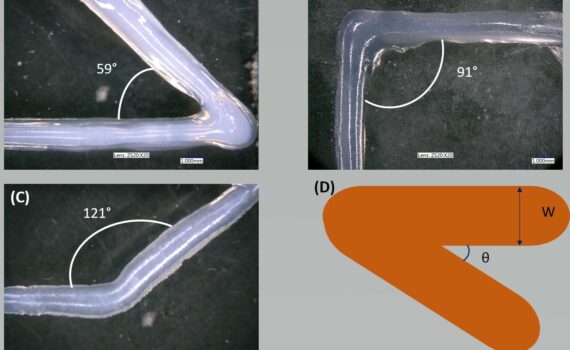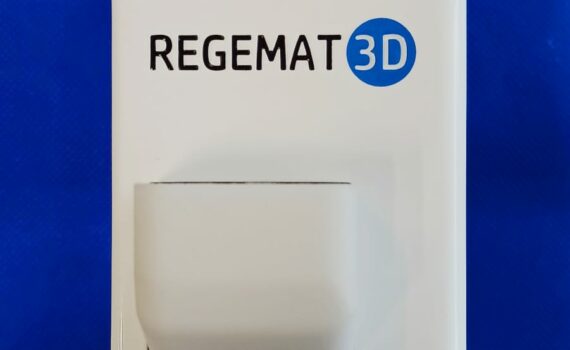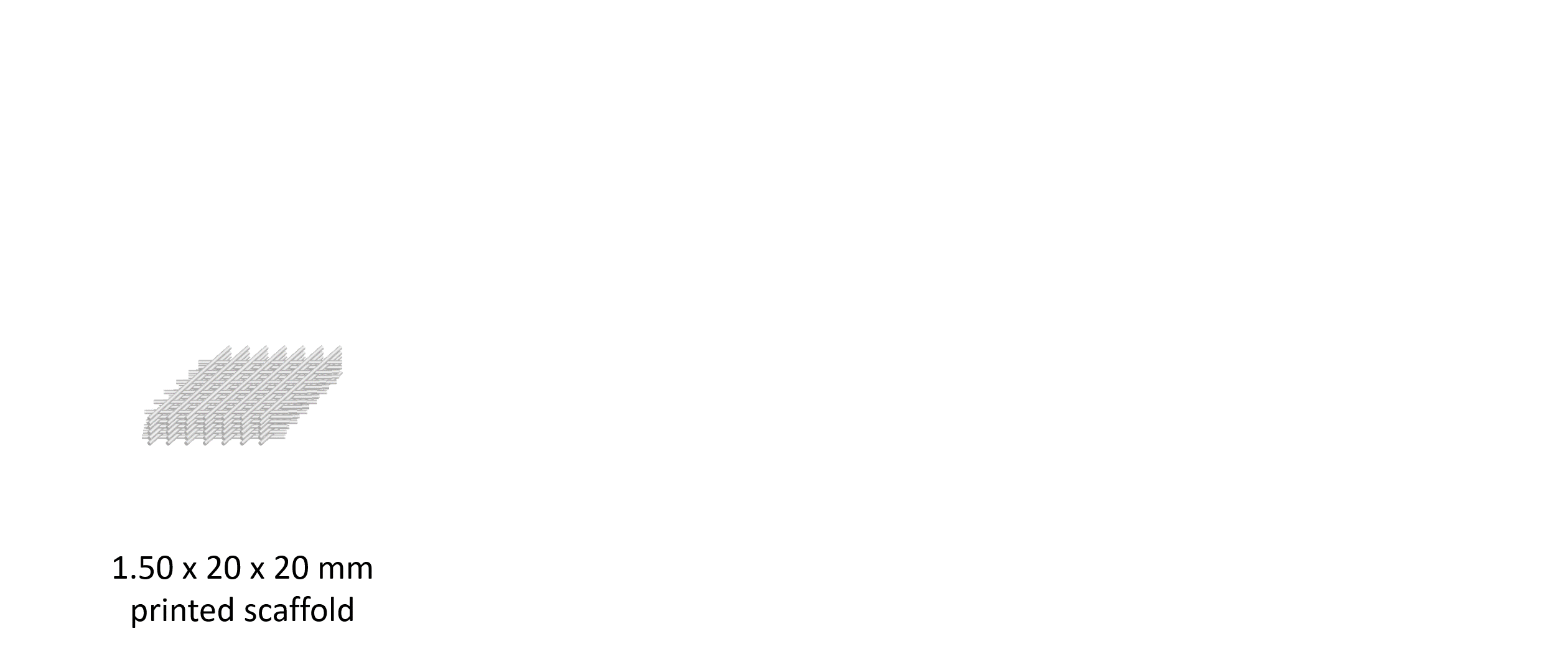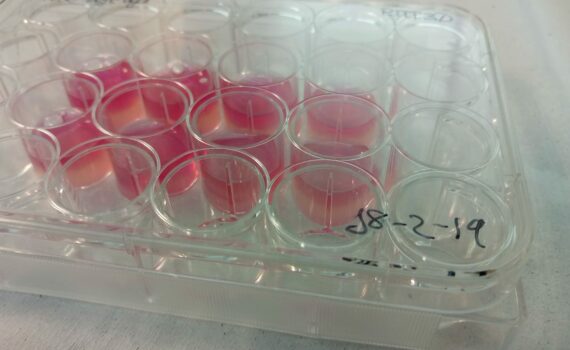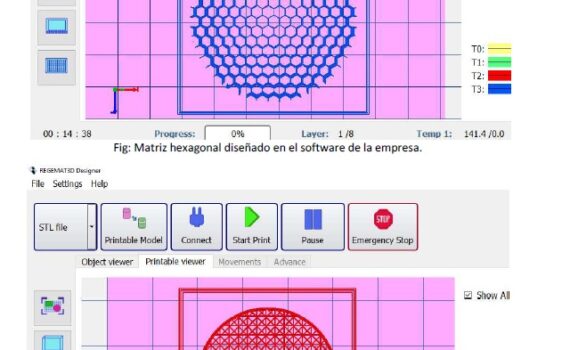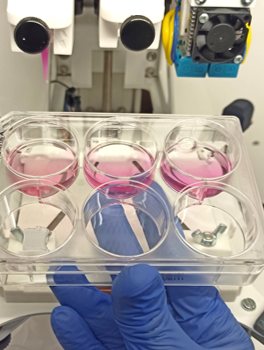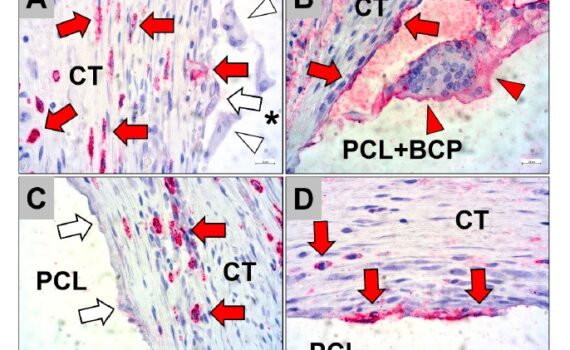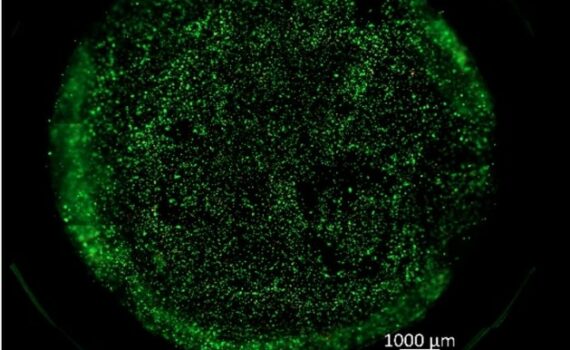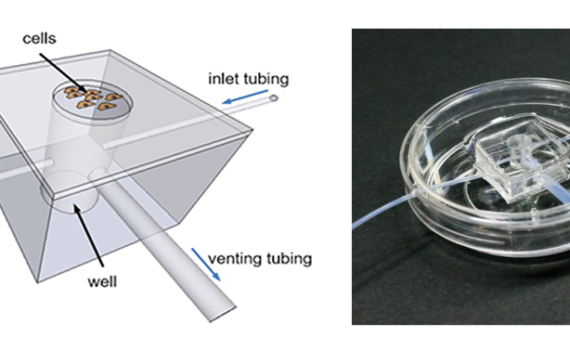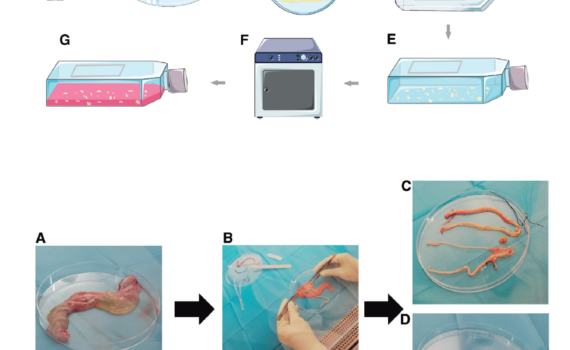+50 ABSTRACT 3D bioprinting has recently emerged as a crucial technology in tissue engineering, yet there are still challenges in selecting materials to obtain good print quality. Therefore, it is essential to study the influence of the chosen material (i.e., bioink) and the printing parameters on the final result. The […]
Characterization
+20 Introduction Material extrusion is an additive manufacturing technique that uses a continuous filament of thermoplastic or composite material to construct 3D parts. Filament-based material extrusion is the most common practice in the 3D printing community. However, it’s not necessary for extrusion to only work with filament. In fact, pellet […]
+30 Facilan™ PCL 100 Filament (MW = 50000 g/mol) was used as 3D printing filament. The scaffolds were designed with the software Regemat3D Designer v1.4.4 and printed using a Regemat3D Bio V1® bioprinter (REG4Life, REGEMAT 3D, Granada, Spain) equipped with a glass bed and a 0.4 mm diameter nozzle. The […]
+100 Introduction: Injuries to the knee meniscus commonly lead to osteoarthritis. Current therapies for meniscus regeneration, including meniscectomies and scaffold implantation, do not achieve complete functional tissue regeneration. This has led to increased interest in cell and gene therapies and tissue engineering approaches to meniscus regeneration. The implantation of a […]
+110 In recent years, the development and use of biomaterials has undergone a great advance because they have made it possible to improve people’s life expectancy, improve surgical techniques and, on the other hand, successfully develop implants and medical devices capable of working properly in contact with tissues of the […]
+70 Introduction Choosing appropriate biomaterials for fabricating a bioink is a fundamental step in3D bioprinting. While a wide variety of biomaterials can be used, hydrogels have been pointed as attractive materials for bioink preparation, since they can provide a highly hydrated and permeable 3D polymeric structure with tunable mechanical and […]
+30 In this method we describe the parameters to FDM bioprint scaffolds for Bone regeneration Composed by of 80% PCL that had a MW 80,000 (Polysciences Europe, Hirschberg an der Bergstraße, Germany) and 20% of the synthetic biphasic calcium phosphate bone substitute material (BCP) (synprint, ScientiFY GmbH, Berlin, Germany) with […]
+20 Introduction Fibrin is a degradable, resorbable biopolymer that naturally occurs in the wound healing process at the vascular level. It is formed from fibrinogen, a glycoprotein synthesised by the liver and found in blood plasma. When tissue damage occurs and results in bleeding, fibrinogen is converted into fibrin at […]
+30 Introduction Organ-on-a-chips are defined as physiological organ biomimetic systems built on microfluidic devices. By combining cell biology, engineering and biomaterial technology, the microenvironment of the chip is able to simulate tissue interfaces and mechanical stimulation of the native organ. They are in the list of top 10 emerging technologies […]
+70 This method describes a robust and reproducible method for ready isolation and expansion of ovine Wharton’s jelly-derived MSC (oWJ-MSC) from umbilical cord (UC) for use in non-clinical research to support proof-of-concept studies addressing safety, efficacy, and the study of mechanisms of action (MoA) of novel MSC-based treatments. The protocol […]

